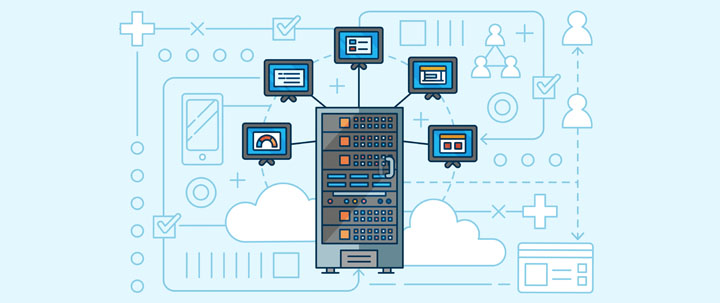By Jessy Smulski (Tech Writer)
The advent of the Covid-19 pandemic and work from home orders has everyone in the business asking: Are tech employees more productive when working from home?
We decided to put the matter to rest once and for all by getting scientific about it and taking a look at the most current statistics.
Quite suddenly and without warning, the COVID-19 pandemic has set the stage for the ultimate remote employee productivity experiment.
Before the pandemic, the US labor force consisted of roughly 164.6 million adults. Of these working adults, about 3.6 percent (or 5 million people) worked from home at least part-time. But in April of 2020, that number spiked to approximately 20 percent (that's more than 32.9 million people1, including some professionals who may be working from home full time for the first time).
Current Work Statistics Influenced By Covid-19
Here are a set of key findings about working from home during the Covid-19 pandemic.
1-According to a recent KMPG report, 54 percent of employees feel that their productivity level has improved since transitioning to remote employment. 64 percent also feel that the quality of their work has improved2.
2-Remote workers show a 4-percent increase in average daily time spent on core work tasks and an 18-percent decrease in time spent on communications3.
3-Over the course of a year, these percentages amount to 58 more hours spent on core work tasks and 256 fewer hours spent on communications per remote employee4.
4-Employees worked 1.4 more days per month than office-based employees, which amounts to three additional weeks of work productivity per year, per employee.
5-Seventy four percent of CFOs surveyed by Gartner plan to keep at least 5 percent of employees working remotely after COVID-19 subsides5. This suggests that the vast majority of organizations are pleased with productivity levels despite the pandemic.
6-In early May, Gallup reported the highest level of employee engagement6 since the year 2000 (when they first began tracking engagement). Higher levels of engagement directly influence higher levels of employee productivity.
7-An overwhelming 98 percent of remote workers plan to work remotely for the rest of their careers. Because employee satisfaction directly affects engagement, we can surmise that, overall, remote employees are happier and more productive7.
Based on these findings, we can safely say that the debate is no longer if employees are more productive when working from home; it’s about how to ensure improved productivity levels by putting the right procedures and supports in place.

Factors Negatively Impacting Productivity Among Remote Workers
1-Mental & Emotional Well-Being:
Fear and stress related to the health and financial impact of COVID-19 are likely to blame for nearly 42 percent of surveyed employees who admit that they have been less productive over the past two months8.
2-Inefficient Technology
54 percent of HR leaders admit that poor technology and/or infrastructure for remote working is the No.1 challenge limiting productivity potential9.
3-Work-Life Balance
29 percent of remote workers struggle with work-life balance, which can lead to physical, mental, and emotional issues that impact productivity, absenteeism, and employee turnover10.
The "New Normal" Post Covid-19
Due to speculations about a potential second-spike in COVID-19 cases, many organizations are choosing to play it safe and protect their human capital by mandating or extending work-from-home privileges.
But, even after the pandemic is over, Gartner predicts that 41% of employees will likely work from home at least part-time11.
What this means is that, without doubt, remote employment will become the “new normal” in the US labor force.
To acclimate, 40 percent of organizations plan to increase spending on digital tools and software12.
But using technology to evolve into a more dynamic and agile workforce won’t be easy. Businesses will need to replace clunky legacy PSA software with robust, all-in-one solutions that offer numerous features and integrations. By aligning essential tools with other mission-critical systems, businesses can simplify the technology landscape, streamline activities across the organization, and better support employees and customers as everyone adjusts to this new way of working and living.
The bottom line is that people (and tech workers in particular) will be working from home more, so companies have to adapt to help their employees do their jobs as efficiently as possible from their remote locations.
How are you adjusting your internal procedures to accommodate long-term remote work?
References:
1-Statista 2-HR Drive 3-Rescue Time 4-Business News Daily 5-Gartner 6-Gallup 7-Buffer 8-Morning Consult 9-Gartner 10-Inc. 11-Gartner 12-TrustRadius



%201.png?width=559&height=559&name=close-up-women-working-with-devices%20(1)%201.png)







